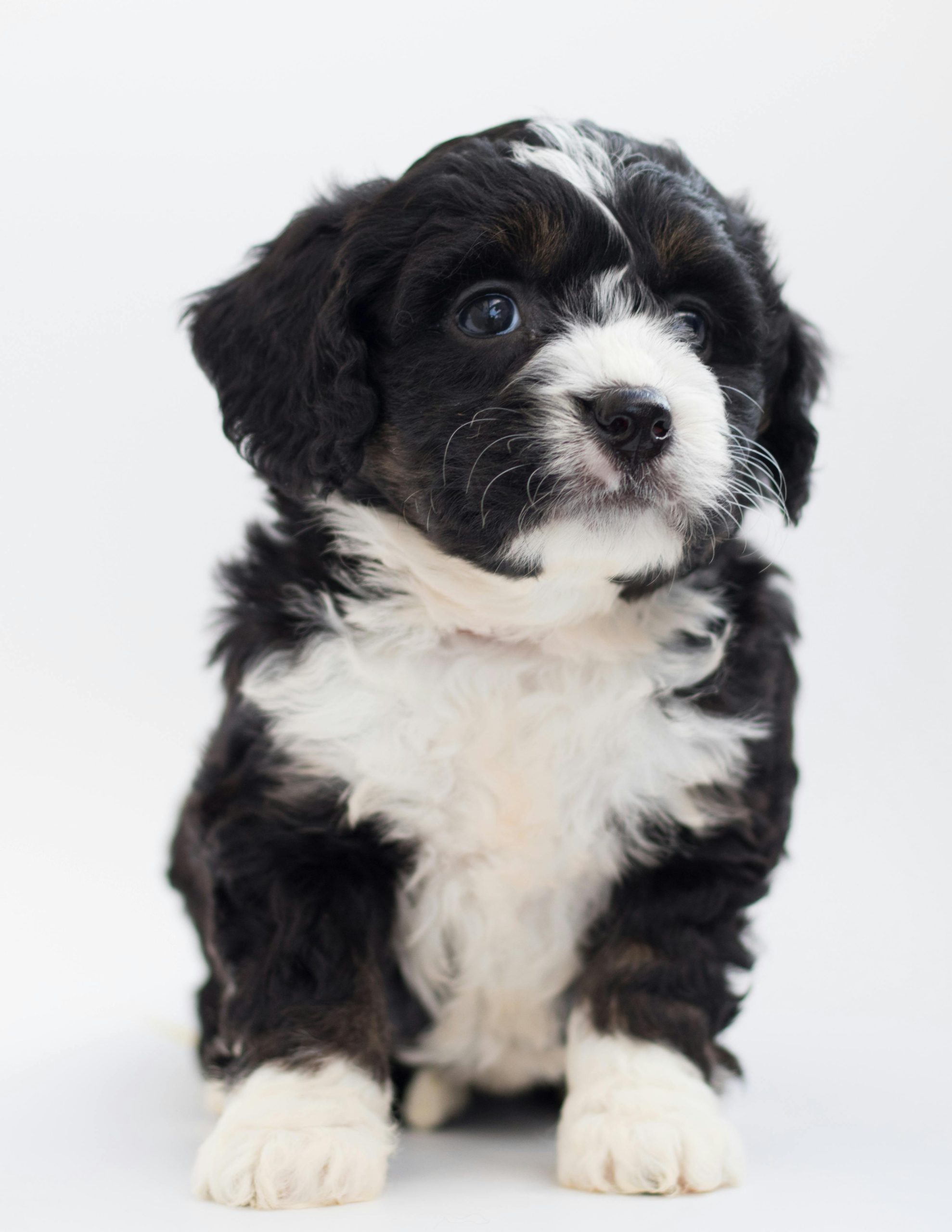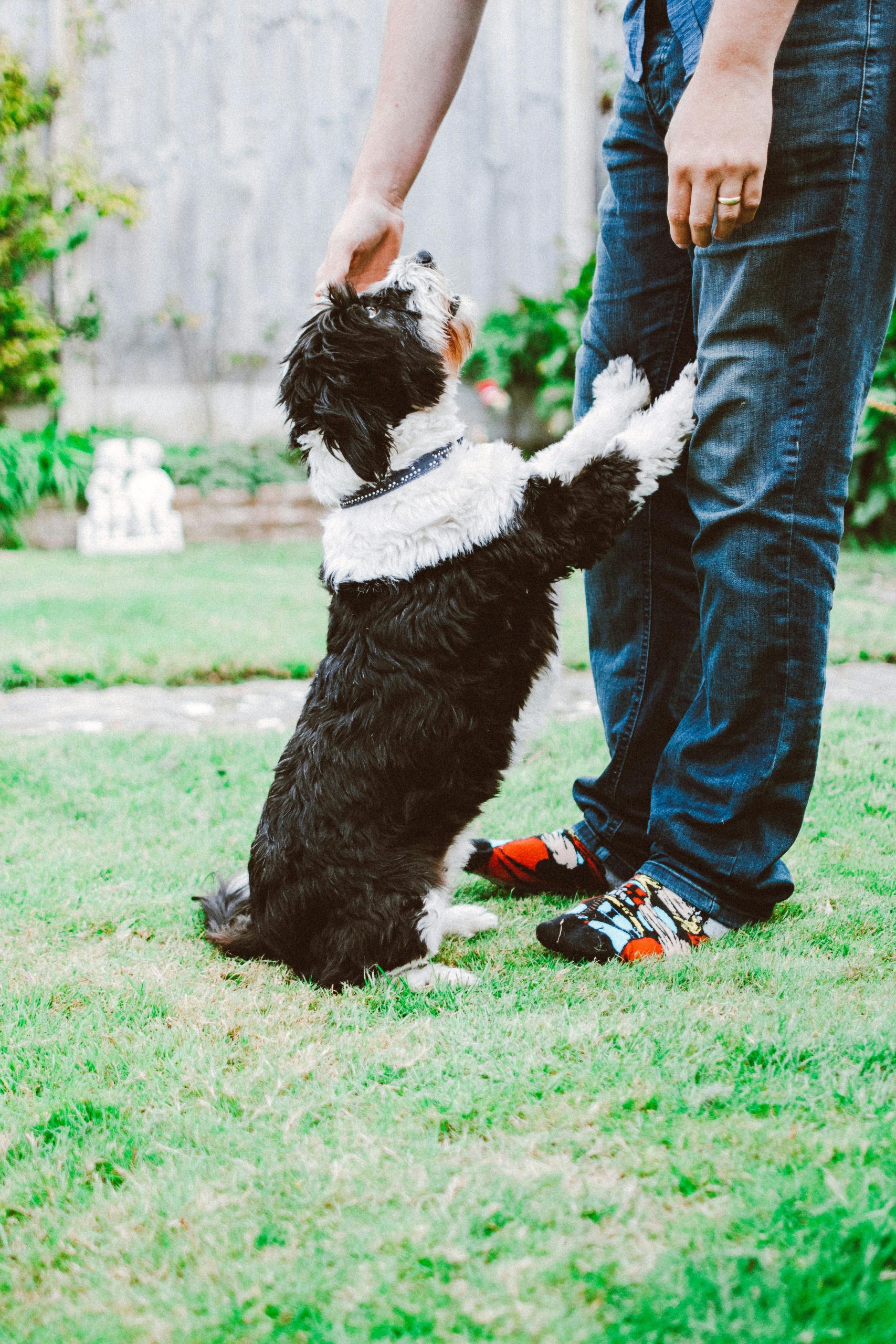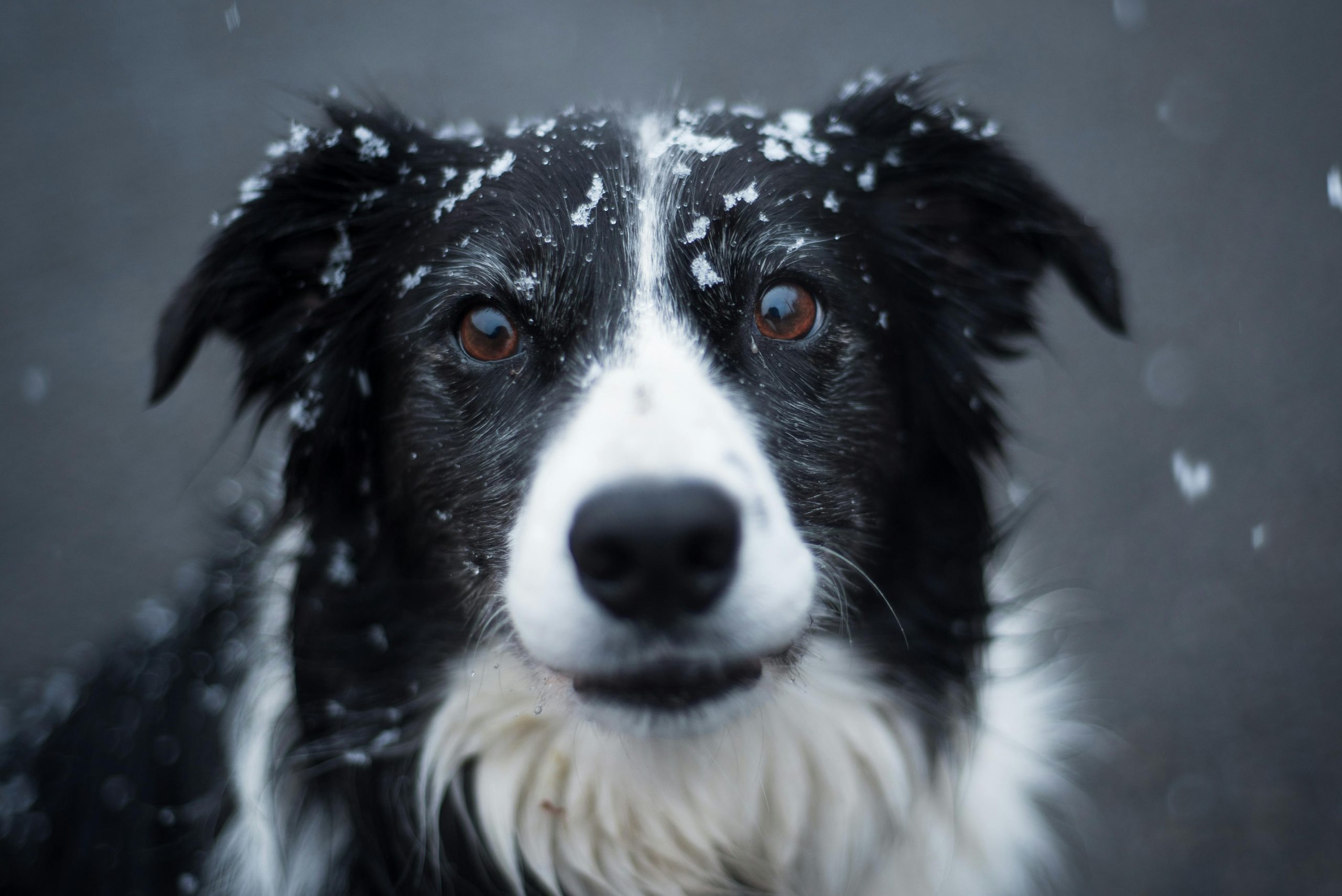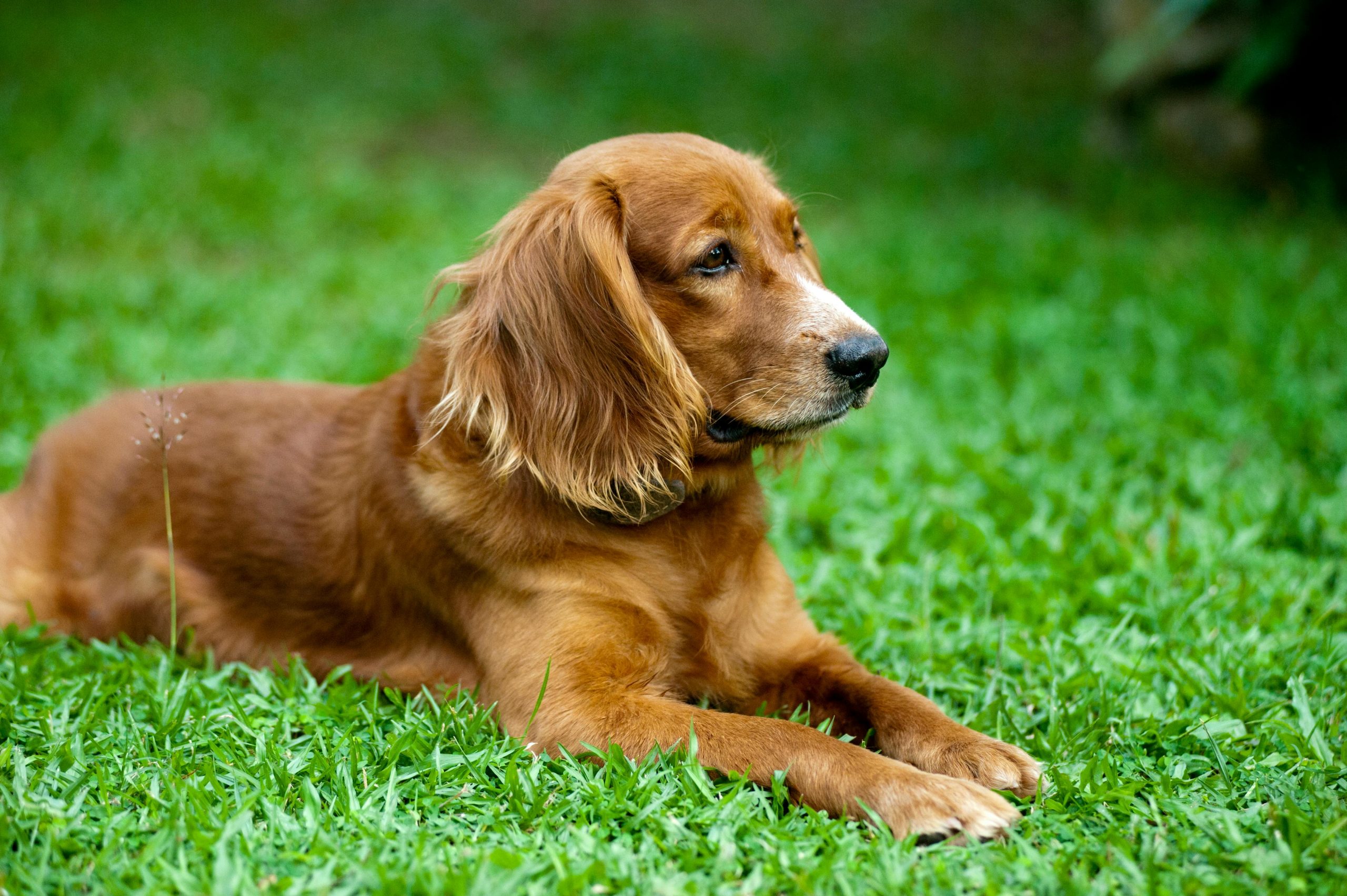Dogs go through reproductive cycles, commonly known as the heat cycle or estrus, during which they are fertile and capable of becoming pregnant. However, there is some confusion and misinformation surrounding the concept of dogs getting pregnant when they are not in heat. In this article, we will explore the question of whether a dog can get pregnant if not in heat and provide accurate information on this topic.

1. Understanding the Heat Cycle in Dogs
The heat cycle, also referred to as estrus or the reproductive cycle, is a natural part of a female dog’s reproductive system. It is during this period that the dog is receptive to mating and can conceive. Here are some key points to understand about the heat cycle in dogs:
- Reproductive Maturity: Female dogs typically reach reproductive maturity between six months to two years of age, depending on the breed and individual development. Larger breeds tend to have their first heat cycle later than smaller breeds.
- Heat Cycle Phases: The heat cycle consists of four phases: proestrus, estrus, diestrus, and anestrus. Proestrus is the phase before the fertile period, estrus is the fertile phase, diestrus is the phase after mating, and anestrus is the resting phase. It is during estrus that the female is receptive to mating and can conceive.
- Signs of Heat: During the heat cycle, female dogs exhibit various physical and behavioral changes. These signs may include a swollen vulva, a bloody vaginal discharge, increased urination, changes in behavior, and attraction to male dogs.
- Duration: The heat cycle typically lasts around three weeks, although the duration can vary between individual dogs. The fertile period, when a dog can become pregnant, usually occurs during the second week of the cycle, around the time of estrus.

2. Possibility of Pregnancy If Not in Heat
Dogs are most likely to get pregnant during their heat cycle when they are in the fertile phase of estrus. However, there are rare cases where a dog may become pregnant even if she is not in heat. Here are some key points to consider:
- Irregular Heat Cycles: While most female dogs have regular heat cycles, some may experience irregularities due to various factors such as hormonal imbalances or underlying health conditions. In these cases, a dog may exhibit signs of heat or fertility outside of the usual cycle, increasing the possibility of pregnancy if she mates during this time.
- Residual Fertility: After the fertile phase of estrus, a female dog may retain residual fertility for a short period. This means that even after the visible signs of heat have subsided, there may still be viable eggs in the reproductive tract, increasing the chance of pregnancy if the dog mates during this time.
- Unplanned Mating: Unplanned mating can occur if a female dog is accidentally exposed to an intact male dog during the entire heat cycle. In such cases, if the female is mated shortly before or after her fertile period, there is a possibility of pregnancy despite not being in visible heat.
- False Pregnancy: False pregnancy, also known as pseudopregnancy, is a condition where a non-pregnant female dog exhibits signs of pregnancy, including behavioral and physical changes. While a false pregnancy does not involve actual pregnancy, it is possible for a dog experiencing this condition to exhibit milk production and maternal behavior, giving the appearance of being pregnant.

3. Factors Affecting Pregnancy
The likelihood of a dog getting pregnant when not in heat can be influenced by various factors. It is important to consider these factors when assessing the possibility of pregnancy outside of the usual heat cycle. Here are some key points to consider:
- Sperm Viability: Sperm can remain viable in thefemale reproductive tract for several days, which means that if a female dog mates shortly before or after her fertile period, there is a chance that the sperm can survive long enough to fertilize an egg, even if she is not in heat.
- Cycle Irregularities: As mentioned earlier, some dogs may experience irregular heat cycles. These irregularities can be caused by factors such as stress, illness, or hormonal imbalances. If a dog has an irregular cycle and mates during a period of fertility outside of the usual heat cycle, pregnancy can occur.
- Male Fertility: The fertility of the male dog involved in mating also plays a role in the likelihood of pregnancy. If the male dog has healthy and active sperm, it increases the chances of fertilization, even if the female is not in heat.
- Accidental Mating: Accidental mating can happen if a female dog and an intact male dog are kept together without supervision during the female’s heat cycle. In such cases, the male dog may mate with the female when she is not in heat, leading to the possibility of pregnancy.
- Medical Intervention: In some cases, pregnancy can be achieved through medical interventions such as hormone therapy or artificial insemination. These methods can bypass the natural heat cycle and allow a dog to become pregnant even if she is not in heat.

Conclusion
While it is most likely for a dog to become pregnant during her heat cycle when she is in the fertile phase of estrus, there are rare circumstances in which a dog can get pregnant if she is not in heat. Irregular heat cycles, residual fertility, unplanned mating, and false pregnancy are some of the factors that can contribute to pregnancy outside of the usual reproductive cycle. However, it is essential to remember that pregnancy outside of the heat cycle is relatively uncommon and should not be assumed without proper veterinary confirmation. If you have concerns about your dog’s reproductive health or potential pregnancy, it is recommended to consult with a veterinarian for a thorough evaluation and guidance.

Leave a Reply